How To Avoid Range Anxiety When Driving An Electric Van
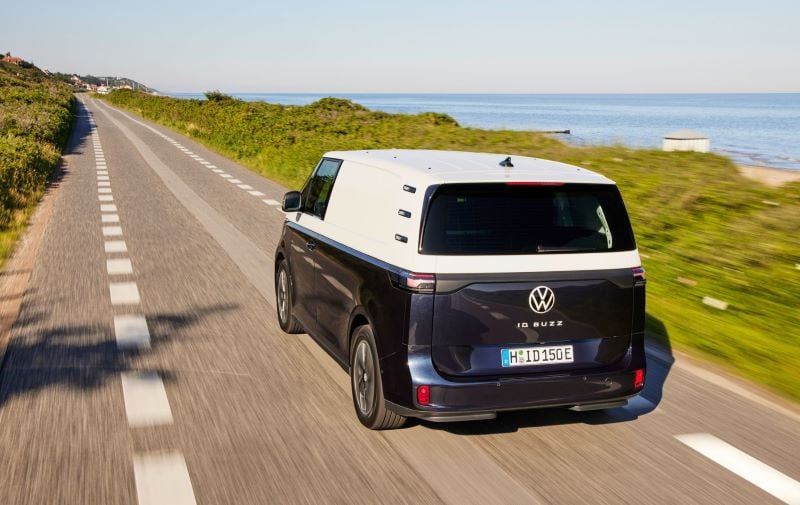
There has never been a better time to make the switch to an electric van for your next lease with most new models now offering a frugal EV equivalent emitting zero exhaust emissions.
There are several key benefits to choosing an electric van. First and foremost, you need never visit a petrol station again, ensuring a huge reduction in running costs by charging – instead of fuelling - your van with significantly cheaper electricity.
Moreover, electric vans are generally more reliable as they rely on fewer moving parts, they drive quietly and are capable of handling heavy loads as well as a traditional turbodiesel.
If your business focuses on ‘last mile deliveries’, that being the generally short routes to a customer at the end of a product’s distribution journey, an electric van is ideal for those that travel locally to keep their mileage down.
But that doesn’t mean an electric van cannot be considered for long haul jobs, so if you do need to travel further miles, it is important to understand how an EV’s range works, what can affect it and how to prevent so-called ‘range anxiety’.
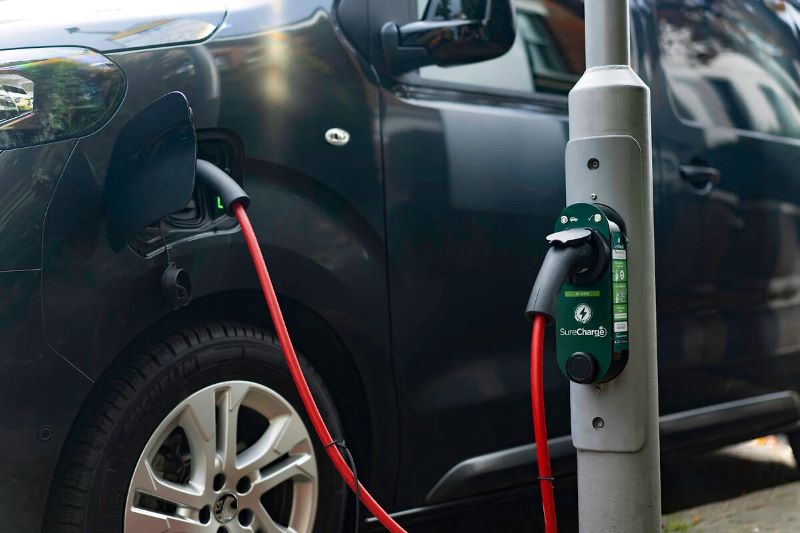
What Is Range Anxiety?
According to the Oxford Dictionary, ‘range anxiety’ is defined as – “worry on the part of a person driving an electric [vehicle] that the battery will run out of power before the destination or a suitable charging point.”
What Triggers Range Anxiety?
While you might imagine the concern of how much battery charge your electric vehicle has to be akin to considering how much fuel is in your petrol/diesel vehicle, there are important distinctions between the two.
First and foremost, the rate at which a battery charge decreases will fluctuate more on an electric vehicle. Factors such as the use of air-conditioning, the weight of a vehicle and your driving style will have a greater impact on an electric charge than with fuel, causing it to decrease at a faster rate.
Moreover, while technology in this area is improving, the maximum mileage range of a diesel van is still greater than that of an electric one. As an example, a diesel Ford Transit Custom can go up to 400 miles on a full-to-empty fuel tank, whereas the Ford E-Transit Custom does up to 204 miles.
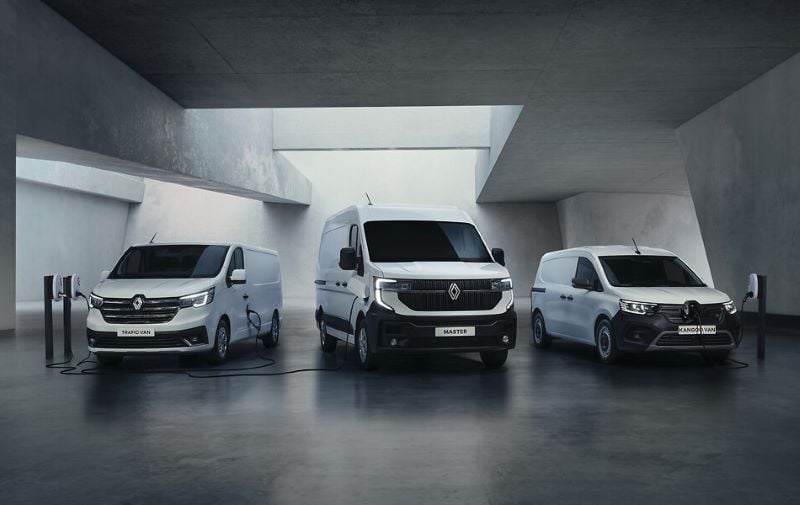
Lease An Electric Van With Vansdirect
Leasing a new electric van with Vansdirect has never been easier and better value.
Get the right electric van at the right deal, right now with the best van leasing deals available across a wide range of models, including the Renault Kangoo E-Tech, Volkswagen ID.Buzz Cargo and Vauxhall Vivaro Electric.
Speak to our expert team today and you could be driving a new electric van for less than you think, sooner than you thought.
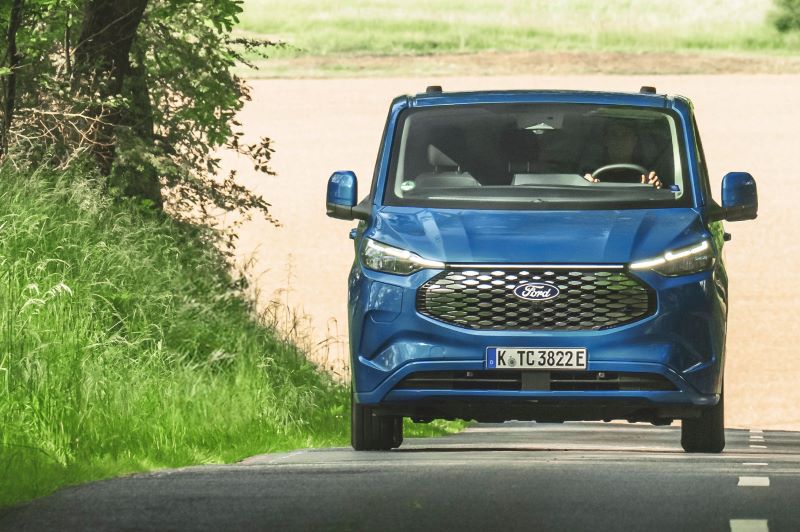
Is It Reasonable To Feel Range Anxiety?
It is a term coined often enough to earn it its own definition in the Oxford Dictionary, so yes, it is something to take into consideration.
Range anxiety stems from the fluctuation of battery drain, in that the different factors can make it difficult to predict how much range you can achieve if – for example - you happen to be carrying a different load to usual or use more air-conditioning because the weather is warmer.
However, it is important to recognise– if you charge the vehicle every day when you’re not using it – that many electric vans will not travel as many miles per day as the range allows for anyway.
Even so, there are several steps you can take to help banish range anxiety and extract as many miles from your electric van as possible�
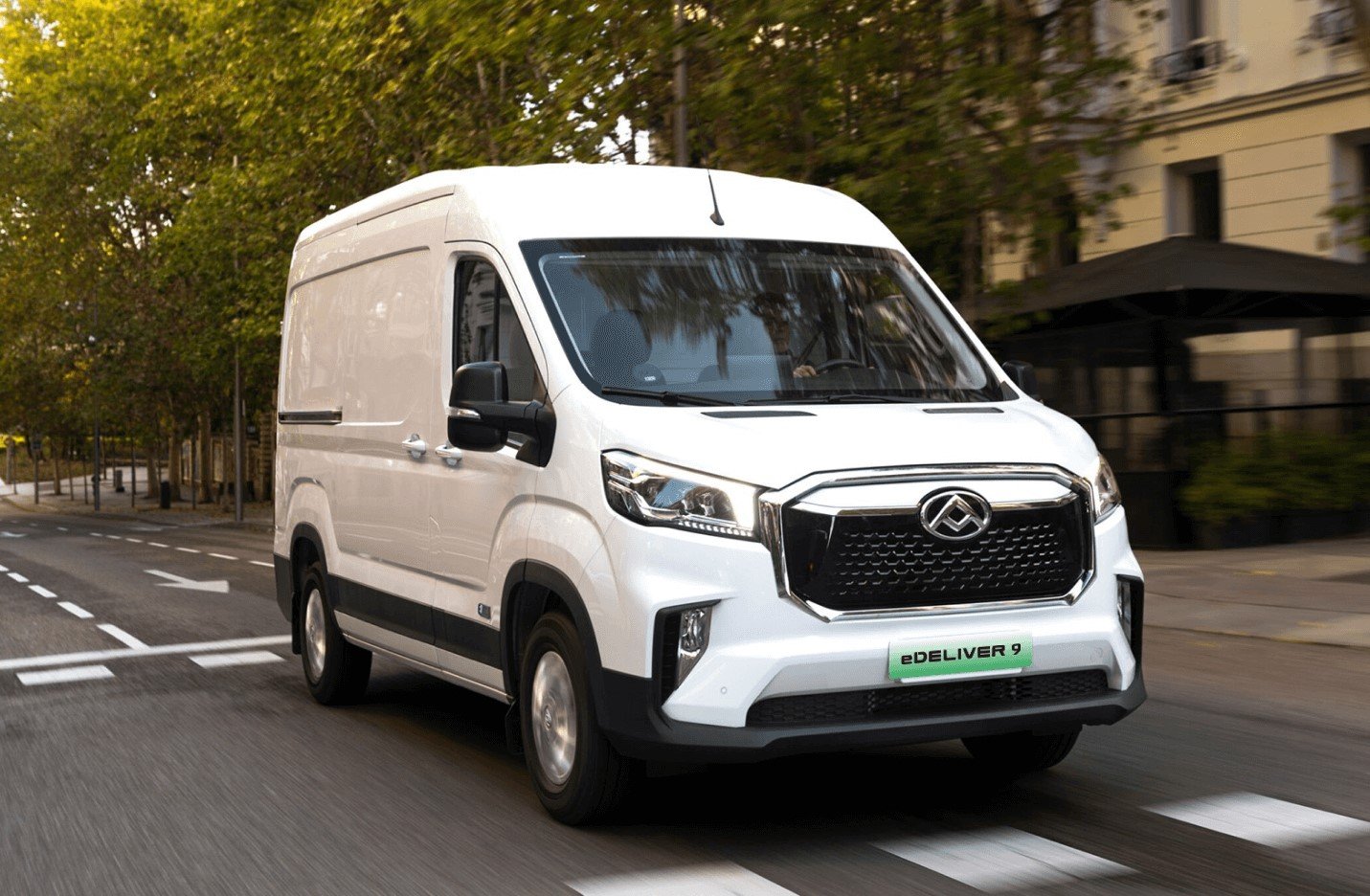
What Makes Battery Drain Faster?
Driving Style – Hard acceleration and sudden braking will demand more energy from the battery
Driving Environment – Driving at higher speeds requires more energy from the battery compared to low-speed environments so be mindful if you drive regularly on motorways/dual carriageways
Heating/Air-Conditioning – Controlling the interior temperature will impact the battery, as will the use of heated seats and heated screens
Standby Drain – Many electric vehicles remain ‘on’ even when they are idle to allow for monitoring, security and battery management. This is known as a ‘slow drain’.
Extreme Weather – Extreme heat can degrade battery performance, while cold weather can hinder the battery reaching the temperatures required to work efficiently
Weight – An important point for vans, a heavier payload will contribute to the use of more energy and drain the battery
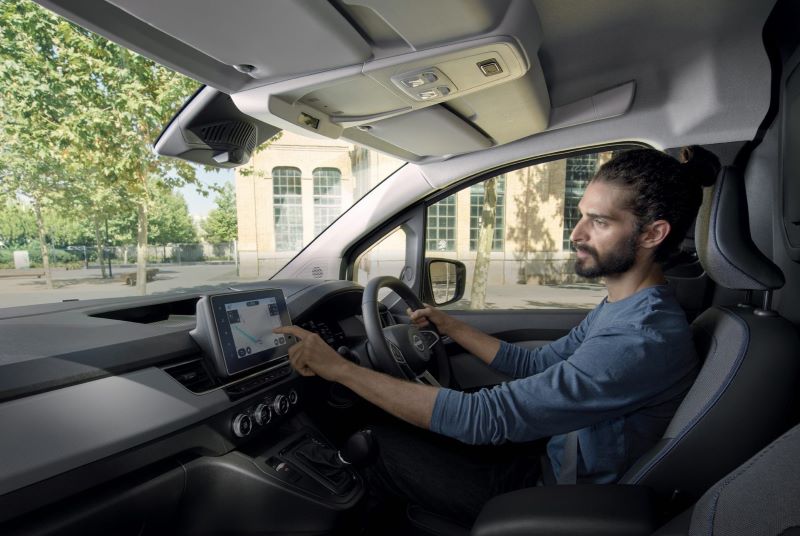
How To Maximise Battery And Combat Range Anxiety
Adapt Your Driving Style
Smooth Driving: The more aggressive you drive – such as harsher acceleration or heavier braking – the more energy you’ll use, particularly as you’ll reach faster speeds quicker due to linear acceleration.
Consistent Speed: Be mindful of using the accelerator more smoothly and progressively, while you should try to maintain constant speed as this is more efficient than frequent acceleration and deceleration.
Keep To Speed Limits: It is useful to remember that the WLTP (Worldwide Harmonized Light Vehicles Test Procedure) range figures quoted by manufacturers will be based around a combined cycle within the speed limit. If you stick to speed limits, it will be easier to predict your range in line with what is suggested by manufacturers.
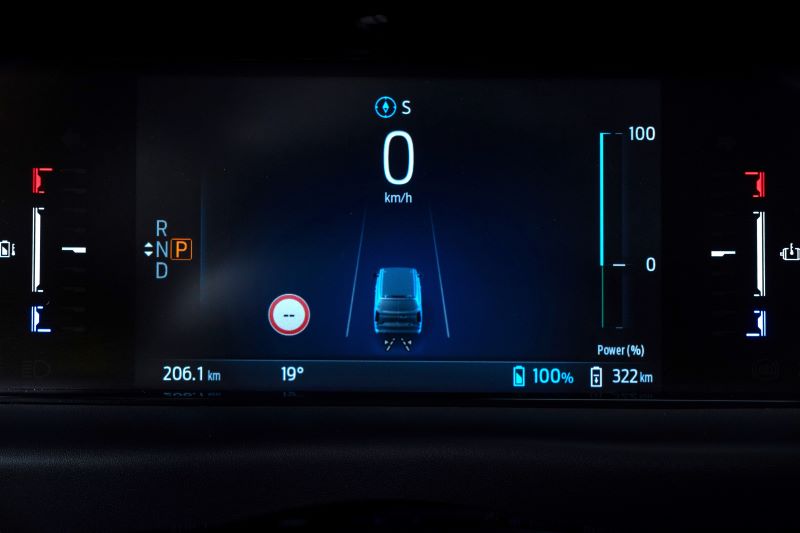
Utilise Energy Conserving Features
Eco-Mode: Many electric vehicles have on-board features to assist with maximising the efficiency and durability of your battery. These include so-called ‘Eco’ modes, which can limit some functionality within the vehicle automatically – such as air-conditioning – or reduce the sensitivity of the accelerator.
Regenerative Braking: This is a common feature on electric vans. This involves an EV van recapturing energy during deceleration – foot off the accelerator but not on the brake pedal – from the friction generated in the process of slowing down. Some vehicles offer different levels of regeneration with some offering higher levels of friction for a higher rate of recapture. It is even possible to adapt the settings to use regenerative braking to bring a car to a stop without using the brake pedal at all.
Heat Pump: Some models may also offer the option of a heat pump. This is a device that uses waste heat from the vehicle’s components that can be used to heat the interior for instance. By allowing the heat pump to take the responsibility of heating the interior away from the battery, it can therefore greatly improve range.
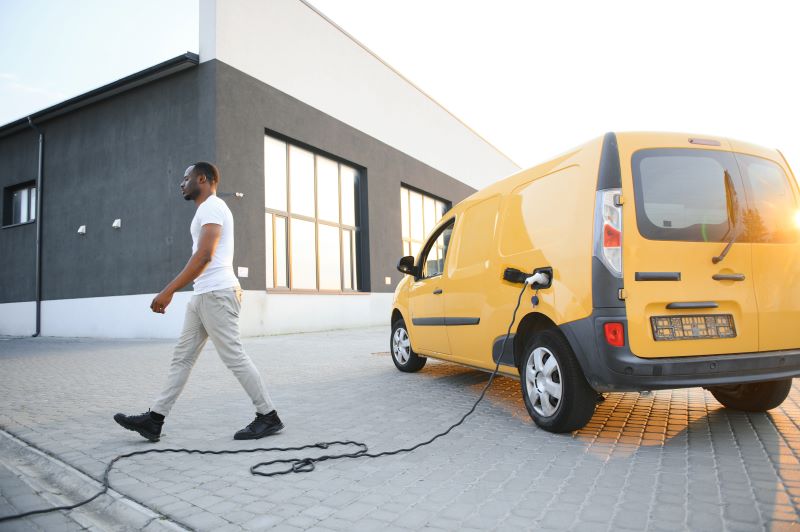
Planning Ahead
Lighten The Load: While the very definition of running a van might make carrying heavy cargo an unavoidable factor, a lot of range can be recuperated by removing unnecessary weight where possible from the load bay. On the other hand, however, if you are able to run a van without any load, the comparatively light weight will improve range significantly.
Map Out Your Journey: Be mindful of the route you might be taking, particularly if you are embarking on a long journey. For instance, choose the journey that might be more frugal or more direct. Motorways are more direct and often quicker in terms of journey time but they might be further in mileage and prompt you to drive at a higher speed than if you took a single-carriageway A-road.
Recharging At Strategic Locations: Avoid range anxiety entirely by scheduling stops along the way. If you – as many will – plan to use motorway service stations anyway, doing so is a good opportunity to use one of the rapid chargers in the car park while you head inside to spend a penny or get some food. Embrace the break and extend your stay out to around 30mins and your electric van will be on the way towards an 80% charge.
Check The Weather: While you shouldn’t delay a journey because of the weather alone – hot or cold – if you plan ahead you could heat or cool the van interior down before you set off and while it is still connected to a charger. Try not to use the air-conditioning in merely mild conditions.
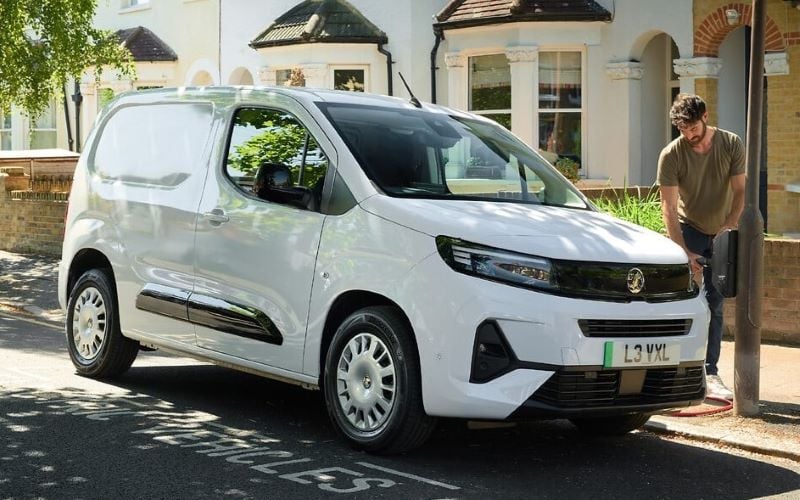
Taking Care Of Your Battery
Home Charging: Investing in a home charger is an excellent way to ensure your electric van is regularly charged – such as overnight – and ensures it ready to use with a fuller battery with greater available range the next day. It is also a more cost-effective and convenient method than using public chargers every day.
There Is An App For That: There are several apps available that are designed to prevent range anxiety, such as those which map out available public charging stations – and whether they are vacant - and others which calculate the best routes for energy conservation.
Looking After Your Battery: Electric van batteries will degrade over time but the rate at which this happens can be slowed by taking some simple perseveration steps to keep your powertrain in peak condition. Use rapid chargers as sparingly as possible to help the battery’s health, try to only charge to 80 per cent and where possible avoid the battery to decrease to less than 10 per cent.















